« |
Home |  » » |
| View PDF | Zygaenidae Members: | Harrisina Members: | 66 NC Records |
|---|
Harrisina americana (Guérin, 1829) - Grapeleaf Skeletonizer Moth |
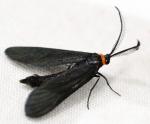 | 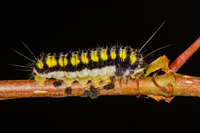 |  |
Photo Gallery for Harrisina americana - Grapeleaf Skeletonizer Moth | 47 photos are available. Only the most recent 30 are shown. |
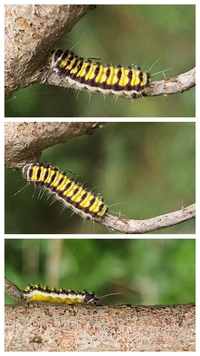 | Recorded by: Terrell Tucker on 2025-08-25 Moore Co. Comment: | 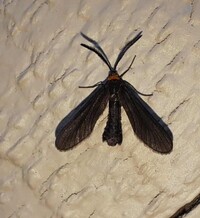 | Recorded by: Allison Garton on 2025-07-23 Moore Co. Comment: |
 | Recorded by: Mark Basinger on 2025-06-02 Brunswick Co. Comment: |  | Recorded by: Jim Petranka on 2025-05-01 Madison Co. Comment: |
 | Recorded by: Mark Basinger on 2024-10-02 Wilson Co. Comment: |  | Recorded by: R. Newman on 2024-09-03 Carteret Co. Comment: |
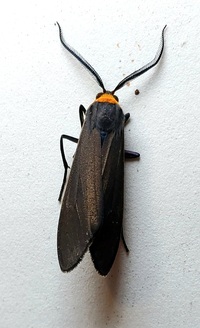 | Recorded by: Mark Basinger on 2024-08-08 Mitchell Co. Comment: |  | Recorded by: R. Newman on 2024-07-29 Carteret Co. Comment: |
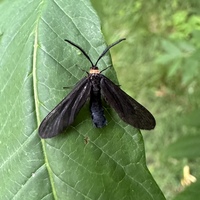 | Recorded by: Dawn-Michelle Oliver on 2024-05-25 Caswell Co. Comment: | 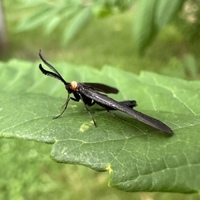 | Recorded by: Dawn-Michelle Oliver on 2024-05-25 Caswell Co. Comment: |
 | Recorded by: Terrell Tucker on 2024-05-12 Moore Co. Comment: |  | Recorded by: R. Newman on 2024-05-09 Carteret Co. Comment: |
| Recorded by: Hunter Phillips on 2023-08-05 Onslow Co. Comment: |  | Recorded by: Jeff Niznik on 2023-06-17 New Hanover Co. Comment: | |
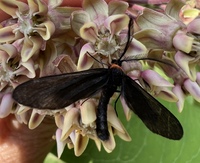 | Recorded by: dunn.stephen.m@gmail.com on 2023-06-08 Orange Co. Comment: | Recorded by: Travis McLain on 2023-05-12 Cabarrus Co. Comment: iNat record | |
 | Recorded by: David L. Heavner on 2022-08-22 Chatham Co. Comment: |  | Recorded by: David George, Becky Watkins on 2022-05-30 Orange Co. Comment: |
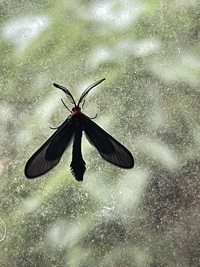 | Recorded by: Morgan Freese on 2022-05-27 New Hanover Co. Comment: | 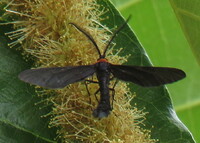 | Recorded by: David George, Becky Watkins on 2022-05-24 New Hanover Co. Comment: |
 | Recorded by: Jim Petranka and Becky Elkin on 2021-07-22 Graham Co. Comment: | 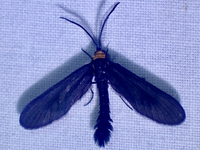 | Recorded by: tom ward on 2021-07-03 Buncombe Co. Comment: |
 | Recorded by: R. Newman on 2021-04-09 Carteret Co. Comment: | 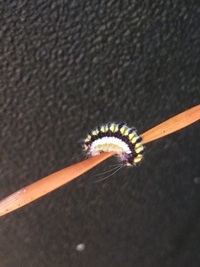 | Recorded by: Morgan Freese on 2020-08-20 New Hanover Co. Comment: |
| Recorded by: Simpson Eason on 2020-08-08 Durham Co. Comment: | Recorded by: Simpson Eason on 2019-08-11 Durham Co. Comment: | ||
 | Recorded by: Gary Maness on 2019-08-08 Guilford Co. Comment: | 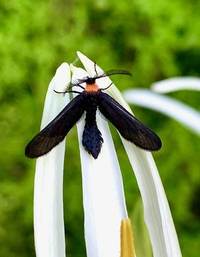 | Recorded by: Jim Petranka and Becky Elkin on 2019-08-07 Madison Co. Comment: |
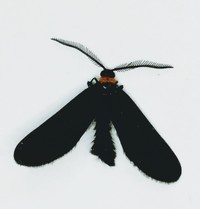 | Recorded by: Gary Maness on 2019-05-21 Guilford Co. Comment: | Recorded by: Simpson Eason on 2019-05-19 Durham Co. Comment: | |